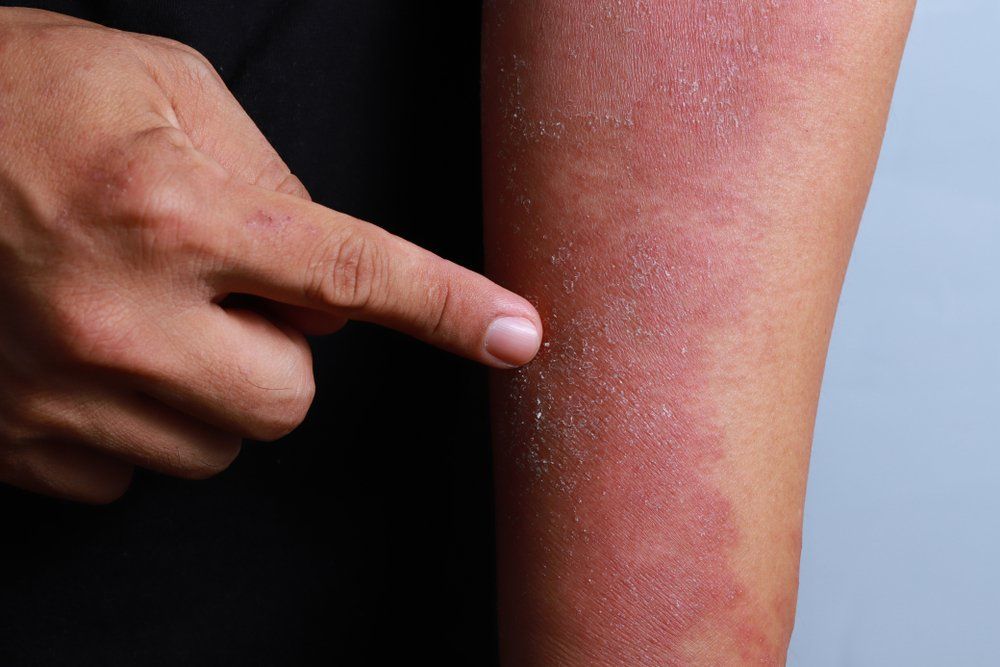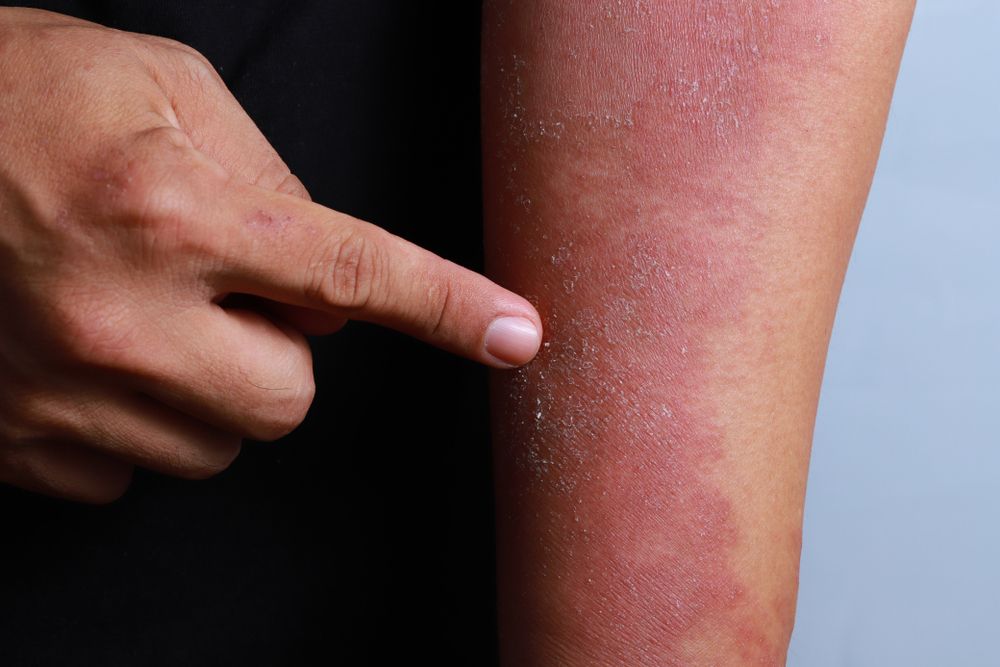- Acne
- Actinic Keratosis
- Aesthetics
- Alopecia
- Atopic Dermatitis
- Buy-and-Bill
- COVID-19
- Case-Based Roundtable
- Chronic Hand Eczema
- Chronic Spontaneous Urticaria
- Drug Watch
- Eczema
- General Dermatology
- Hidradenitis Suppurativa
- Melasma
- NP and PA
- Pediatric Dermatology
- Pigmentary Disorders
- Practice Management
- Precision Medicine and Biologics
- Prurigo Nodularis
- Psoriasis
- Psoriatic Arthritis
- Rare Disease
- Rosacea
- Skin Cancer
- Vitiligo
- Wound Care
Article
Gene identified as having a role in suppressing atopic dermatitis
Author(s):
The transcription factor "retinoid-related orphan receptor-alpha" (RORA) has been identified as a regulator of T regulatory (Treg) genes responsible for suppressing allergic skin inflammation, researchers report.
The transcription factor retinoid-related orphan receptor-alpha (RORA) has been identified as a regulator of T regulatory (Treg) genes responsible for suppressing allergic skin inflammation. Using mouse models of atopic dermatitis (AD), investigators led by Nidhi Malhotra at Boston Children’s Hospital demonstrated that RORA expression in Tregs restrains allergic skin inflammation. Their work appears in Science Immunology.
AD is characterized by the presence of activated T cells as well as by the expression of type 2 innate lymphoid cells (ILC2s), both of which may contribute to allergic skin inflammation in AD. RORA is necessary for the development of ILC2s, and for this and other reasons, it suggests a potential proinflammatory role for RORA.
In these studies, they found that mice who had a RORA deficiency in their Tregs had an exaggerated allergic skin inflammation in response to topical application of MC903 (calcipotriol) to the ears. This model of acute AD is dependent on ILC2s, the authors noted.
RORA deficiency in Tregs also resulted in increased expression of eotaxins and interleukin (IL)-5 in the MC903-treated skin and, in addition, altered the expression of genes involved in Treg cell migration and function and skewed Tregs to IL-4-producing effectors.
In a different mouse model of AD, this one T cell-dependent, the antigen ovalbumin is applied to tape-stripped skin. Using this model, the researchers identified tumor necrosis factor ligand-related molecule-1 (TL1A) and its receptor, death receptor 3 (DR3) as being critical in regulating crosstalk between skin-resident Tregs and ILC2s that drives skin inflammation. Expression of RORA in Tregs promoted the expression of the TL1A and DR3, and restrained TL1A-driven allergic inflammation elicited by cutaneous application of MC903.
The findings suggest the possibility of targeting TL1A-DR3 in the context of AD and other skin allergies.
REFERENCE
Malhorta N, Leyva-Castillo JM, Jadhav U, et al. ROR-alpha-expressing T regulatory cells restrain allergic skin inflammation. Sci Immunol 3, eaao6923 (2018).
Newsletter
Like what you’re reading? Subscribe to Dermatology Times for weekly updates on therapies, innovations, and real-world practice tips.






